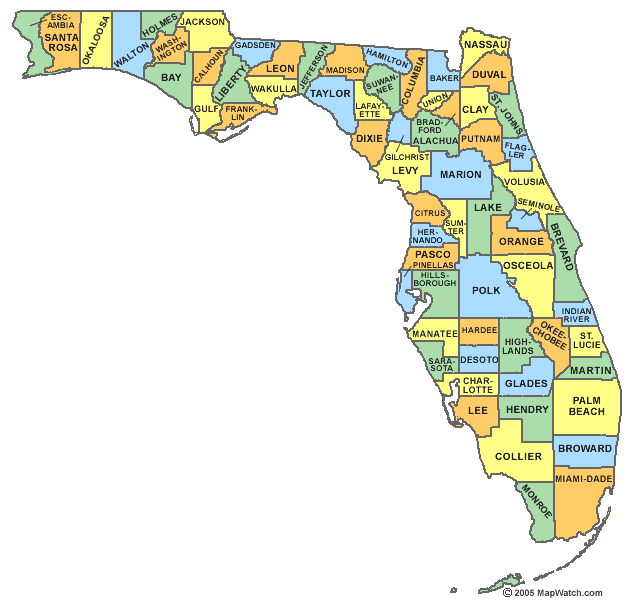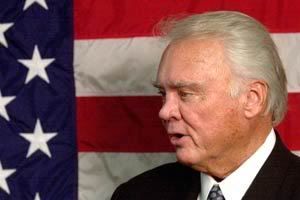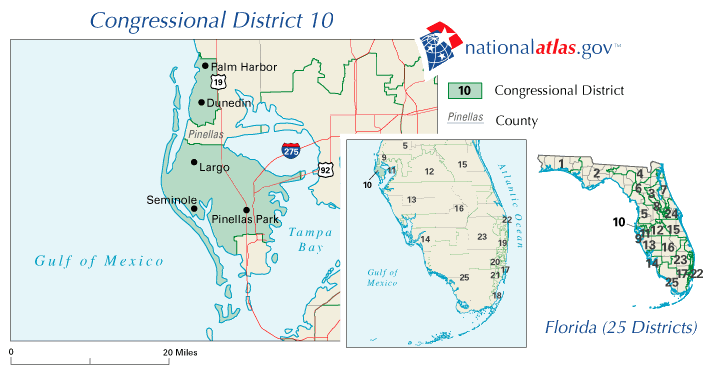In the 2006 election cycle, the DCCC employed a two-pronged approach against long time Republican incumbents in an effort to hasten their retirements: a relentless barrage of press releases and paid advertising early in the cycle highlighting their Bush-supporting votes in the House, combined with the recruitment of strong challengers. Against Nancy Johnson in Connecticut, the DCCC recruited rising star state Senator Chris Murphy. Against veteran Clay Shaw of Florida, the Democrats turned to popular state Senator Ron Klein. Both targets, feeling secure in their long-standing incumbency, fundraising prowess, and Majority status, ultimately chose to stick it out, and both ultimately found themselves losing to superior campaigns.
Under the stewardship of chairman Chris Van Hollen, the strategy has not changed. This week, the committee announced a series of radio ads hitting four incumbents for their recent (and characteristically despicable) votes against children’s health insurance and expanded health benefits for seniors: Tom Feeney (FL-24), Vern Buchanan (FL-13), Bill Young (FL-10) and Jim Saxton (NJ-03).
As CQ notes, the strategy behind targeting Young and Saxton is to free up their bluish districts to revert to the Democratic fold with the help of top-tier challengers. Saxton’s district, in particular, would be a compelling pick-up opportunity. While the south Jersey district supported Bush in 2004 by a 51%-49% margin, it delivered its votes for Al Gore by a whopping 11 point (54%-43%) margin four years earlier. Kerry’s poor performance here (and in several other Democratic-leaning New Jersey districts), I believe, can be attributed to the 9/11 security advantage that Bush still enjoyed in 2004, and resonated fairly strongly in a state strongly in the orbit of New York City. But today, that advantage has evaporated for obvious reasons.
So who could emerge to be the Ron Klein-like hero to stir some fear into Saxton, a 12-term incumbent? A few weeks ago, PoliticsNJ reported that state Senator John Adler had recently met with DCCC officials about the possibility of taking on Saxton next year, for the second time in his career:
Senate Judiciary Committee Chairman John Adler met with staff at the Democratic Congressional Campaign Committee in Washington last month to discuss a possible run for Congress next year against incumbent James Saxton, according to Democrats close to the five-term State Senator.Despite his ambition and talent, Adler is a politician with limited political options — something that his friends say he finds exceptionally frustrating. There was a time when he was viewed as a rising star — he was elected to the Cherry Hill Township Council at age 29, ran for Congress at age 31 (he lost to Saxon by a 58%-39% margin), and at age 32, he won an upset victory for State Senator against a veteran Republican incumbent in a GOP-leaning district in 1991 — the year Democrats lost ten Senate seats and 21 Assembly seats.
After sixteen years in the Senate, Adler seems to have no place to go. He has nearly $200,000 is a federal campaign account he opened in 2003, when he said he would consider an `08 bid for U.S. Senate if Frank Lautenberg did not seek re-election. But now, Adler knows that won’t happen — if Lautenberg doesn’t run, another Camden County Democrat, Congressman Rob Andrews, will.
Expect Saxton and the NRCC to gloat about that 58%-39% result if Adler enters the race, but they know perfectly well that Adler has built a fine political career for himself since his first ambitious run at Saxton as a 31 year-old in 1990. Additionally, you’ve got to bet that Adler would like to put that $200K in his Senate campaign account to good use, and if he were to enter the race, he could easily transfer those funds to a House campaign account. (And he would need every penny, as Saxton is currently sitting on a very fat $1.33 million cash-on-hand.)
While the DCCC’s saber-rattling didn’t produce many retirements in 2006, perhaps with life in the minority and surprise announcements like Deborah Pryce’s, we can expect such campaigns to yield better results.

 What happens if Congressman Bill Young determines all the hoopla over
What happens if Congressman Bill Young determines all the hoopla over 